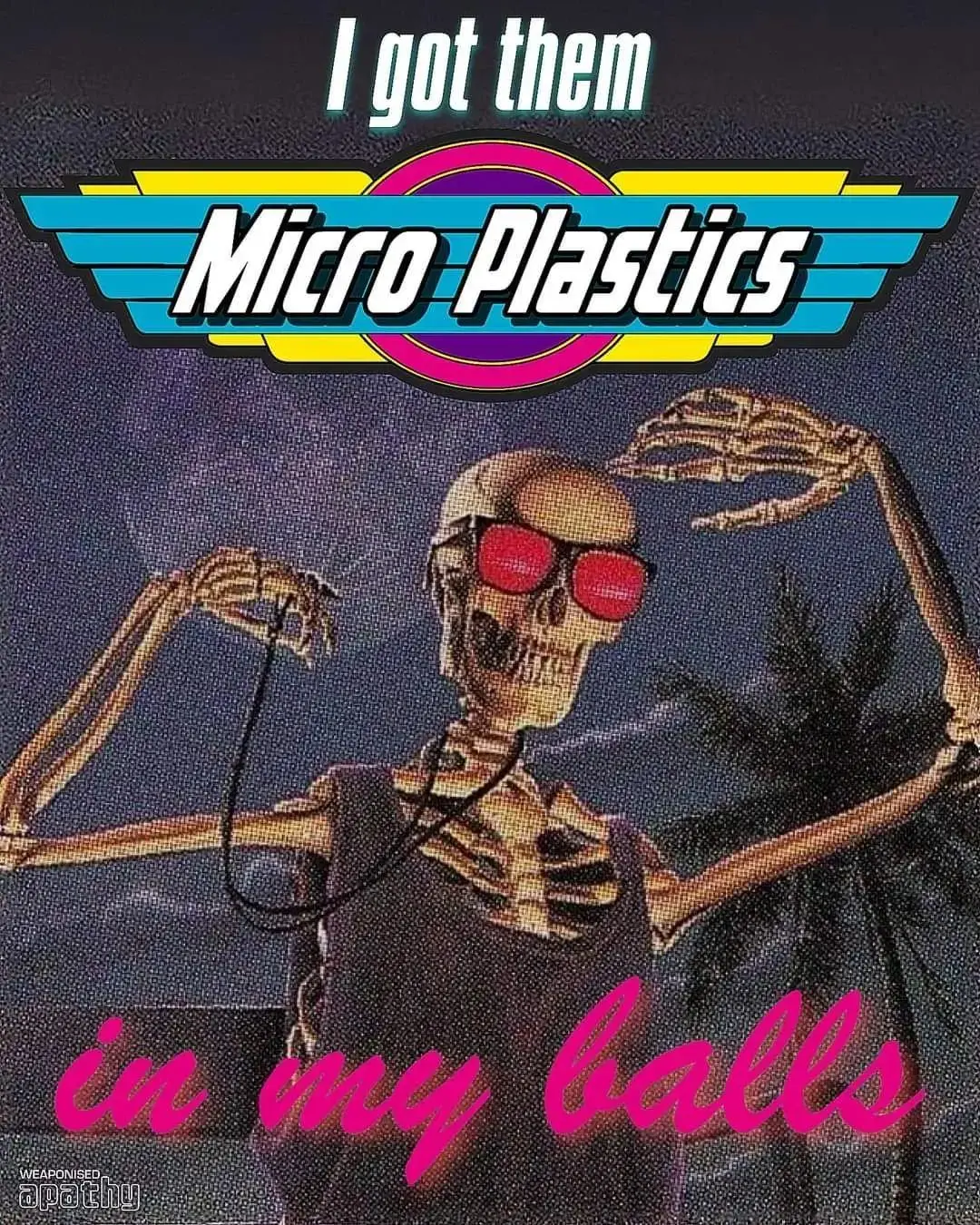

Ext4 is faster, but I love BTRFS not just because of CoW, but subvolumes as well. You could probably get something similar going with LVFS, but I prefer that to be baked in, hence why I’m waiting for bcachefs, because it’ll up the ante with tighter integration, so that might translate to better performance.
Notice my use of the word might. BTRFS performance is not so great.



I put peepee in the doodoofard.